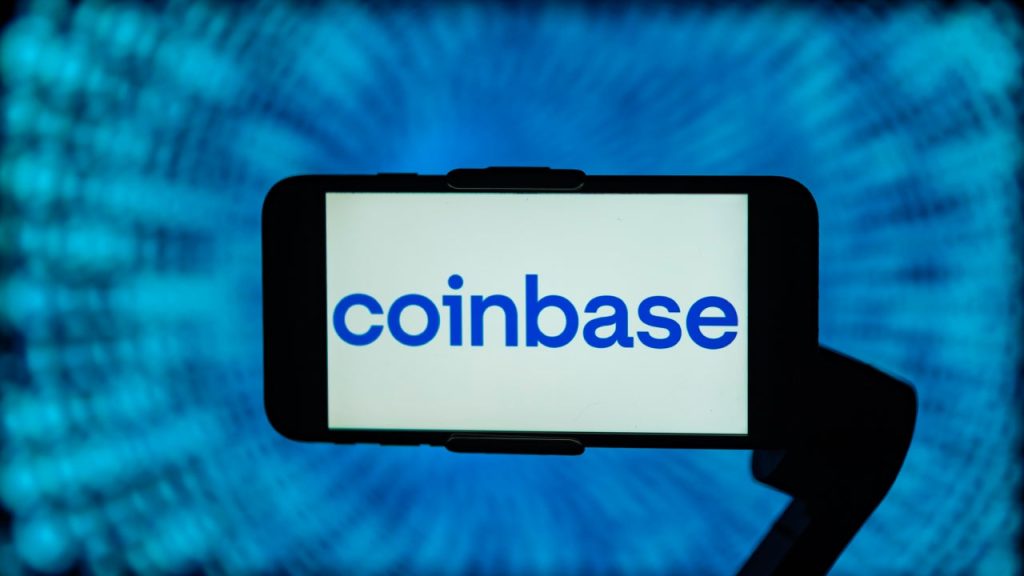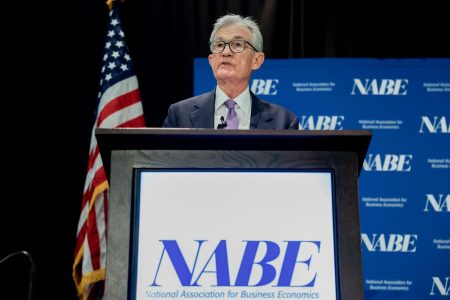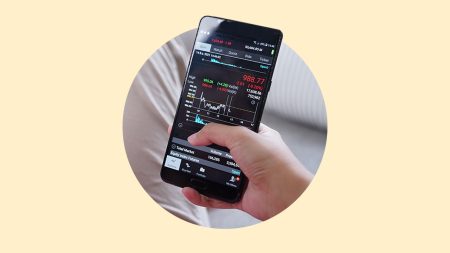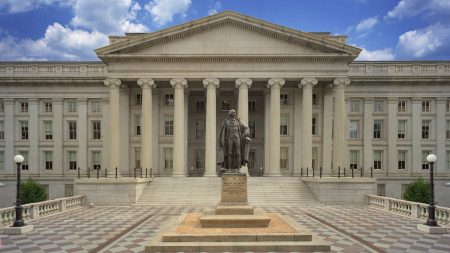Coinbase is one of the largest and most well-known crypto exchanges, offering a lot of features that traders may find valuable. Crypto-only traders may find Coinbase to be a solid option if they’re using the advanced tier that comes with competitive pricing, though low-level fees have risen lately. Coinbase has worked hard to obscure the fees you’ll pay, both for its entry-level service — where fees can be atrocious — and its Coinbase Advanced service. So you may well end up paying much more than you expect due to different levels and types of fees and the poor disclosure of fees.
Coinbase does offer well over 300 cryptocurrencies, which should meet the needs of traders looking for even the most obscure coins. There’s also an improved offering of educational content and market commentary to help those who are new to crypto. As for customer service, clients can get phone support 24/7.
If you’re only looking to trade popular coins and would like access to other investment options, consider using Interactive Brokers. Other crypto-focused options include Kraken, eToro and Binance.US.
Coinbase at a glance
- Minimum balance
-
$0; $1 trading minimum
- Securities tradable
-
300+ cryptocurrencies
- Cost per trade
-
Fees vary based on tier and may include a spread markup. Taker fees start at 1.2 percent and maker fees start at 0.60 percent.
- Customer service
-
Email, 24/7 phone and chat
- Account fees
-
No ACH deposit or withdrawal fees
- Mobile app
-
The Coinbase mobile app is available on the Apple App Store and Google Play Store
Pros: Where Coinbase stands out
Coinbase Advanced commissions
Trader beware: Coinbase has made efforts to obscure its pricing for both its basic and Advanced tiers. Where fees used to be easily scannable, they’re now locked behind log-ins or shown just before you make a trade. In sharp contrast, fees at other major crypto exchanges and other traditional brokers are available to even casual viewers.
Coinbase offers a volume-based, sliding-scale pricing structure, but only if you’re using the exchange’s Advanced service tier, formerly known as Coinbase Pro. (For more on the basic service tier, see below.) With Advanced, you’ll pay a fee of at most 1.2 percent for monthly trading volume less than $1,000. But you may be able to whittle that fee down using the exchange’s volume-based pricing. However, the lowest-tier fees at Coinbase Advanced have actually risen compared to a few years ago.
The pricing structure for Advanced is scaled, so that fees decline the more you trade. What you pay depends on your total dollar trading volume over the prior 30 days. Coinbase also uses a maker-taker pricing model, so if you’re adding liquidity to the market (a maker) or taking liquidity (a taker), you’ll be charged a different fee.
For example, if you’ve traded less than $1,000 in the prior 30 days, you’ll pay 1.2 percent as a taker or 0.6 percent as a maker. Trade between $1,000 and $10,000 over the same time period and takers pay 0.75 percent, while makers pay 0.35 percent. A monthly trading volume between $10,000 and $50,000 would give takers a fee of 0.40 percent and makers 0.25 percent. The fees ultimately decline even further, but you’ll have to trade staggering amounts of cryptocurrency for it to make any difference.
You can also lower your fees by having a balance at Coinbase, with fees beginning to drop when you have $500,000. With that balance, your maker-taker fees are 0.35/0.75 percent, while a $1 million balance gets you to 0.25/0.4 percent.
The all-in fees compare well to eToro, where the spread markup fee starts at 1 percent, though it’s more than Interactive Brokers, which charges 0.12 – 0.18 percent, depending on your monthly volume (with a $1.75 per trade minimum). It’s worth noting that the fees at Binance.US start at 0.6 percent and then move down from there, though some of the most popular cryptocurrencies can be traded without a commission.
Coinbase One
Don’t like Coinbase’s fee structure? The exchange offers a subscription product at three service tiers (basic, preferred, premium) that provides a variety of benefits, including:
- No trading fees up to a specified monthly volume, though a spread mark-up applies
- Higher rewards on the USDC stablecoin
- Higher staking rewards
- More extensive customer support
- Protection against losses due to account takeover
- Various other services and bonuses
The bonuses increase at each service tier, so that you’ll receive higher rewards at the preferred and premium levels than the basic level. The basic tier costs $49.99 a year, and the preferred tier is $299.88 per year, though monthly subscriptions are $4.99 and $29.99, respectively. The premium tier comes only in a monthly subscription: a whopping $299.99.
Cryptocurrency selection
Coinbase has an enviable selection of cryptocurrencies that you can trade — well over 300 at last count — and that should prove wide enough for all but the most hardcore crypto trader. You’ll get the most popular cryptocurrencies, including Bitcoin, Ethereum, Cardano, Solana, XRP and dozens more that are up and coming. So you’re probably going to find what you’re looking for here. Plus, you can trade directly between crypto coins with some crypto pairs, allowing you to avoid an extra trade.
That’s in sharp contrast to other brokers or financial apps that advertise crypto trading but offer only a handful of the most widely followed coins. For example, Robinhood offers trading in just 29 cryptocurrencies — which is still better than many brokers — while Interactive Brokers supports trading in only 11 of the most popular coins.
If you want to trade stocks, options and ETFs while accessing only the most popular crypto coins, Robinhood, Webull or Interactive Brokers could be good alternatives, however.
Crypto custody
Unlike brokers that are focused more on trading, Coinbase allows you to take custody of your crypto assets yourself. The exchange offers its own crypto wallet, or you can bring your own wallet. Either way, you can pick the solution that best fits your needs. And that’s unusual in the trading world, with most traditional brokers not allowing you to hold your own assets.
Staking rewards
Coinbase also allows customers who hold some cryptocurrencies with them to participate in staking rewards. Staking is like earning interest in a bank account but with a much different set of risks. Staking generates income from your holdings as they’re used to validate transactions in a given cryptocurrency, and Coinbase shares that reward with you. Coinbase takes a 35 percent commission on any income you receive, though members of Coinbase One can lower their commission to 31.75, 28.5 or 25.25 percent, depending on their tier.
Clients can earn staking rewards on just a few cryptocurrencies right now, including Ethereum, Solana and Polygon. The exchange handles the technical side of things and the extra coins — or fractions of them — are added to your account on a set schedule.
Customer support
Coinbase has really made strides in bolstering its customer support. While it wasn’t that long ago that the only phone support you could receive was to lock down your account, now the crypto exchange offers 24/7 access to a live human, even if you have to run through a short gauntlet of automated voice prompts on the phone first. Still, it’s an improvement and notable in an industry where customer support has been an afterthought, if it’s been a thought at all.
If you have other run-of-the-mill issues (funding problems, for instance,) you can submit a support ticket and wait until Coinbase gets back to you. Or you can run through the site’s chatbot or 24/7 live chat, and see if those resolve your concern.
Educational content
Coinbase has made some strong efforts to develop its educational content over the last year, and now offers quite a selection of material to help clients who are new to the crypto world get up to speed. It offers a range of “101” explainers of the basics such as “What is Bitcoin?” as well as a glossary that explains what some of the most popular cryptocurrencies do. A tips and tutorials section instructs readers on how to set up a crypto wallet or how to donate crypto.
All in all, it’s a much-improved addition to the site and provides useful information on crypto.
Cons: Where Coinbase could improve
Fee transparency
Any other major crypto exchange — heck, any average traditional stockbroker — makes its fees clearly accessible to even the casual viewer. Coinbase has been doing just the opposite: It’s gone out of its way to hide its fee schedule, purposely obscuring the once public — and confusing — list of fees on both its basic tier and now its Advanced Tier, since low-volume prices have gone up on the latter.
If you’re using Coinbase’s basic platform, you’ll be hard-pressed to find a fee schedule before you actually place a trade. Now, to be clear, you will be able to see your trading commission, but only right before you’re ready to place your trade. And on the Advanced tier, you can find the pricing schedule… eventually.
In an era of highly transparent pricing, it’s a serious knock on the company if it can’t provide a list of trading fees so that you can make a sound judgment.
Why does Coinbase do this? It’s not clear, but the broker’s hefty and increased fees for low-volume trading probably have a lot to do with it.
Trading commissions on the basic tier
It’s advisable to avoid Coinbase’s basic service tier if you can jump right to its Advanced tier given its lower pricing. Just how high are commissions on the basic tier? Well, frankly it’s hard to say (see above). But the most recent data suggest that you’ll pay a lot on a percentage basis.
Let’s break down two of the most common charges on the last published schedule of fees and see what traders would pay if they were buying $1,000 in Bitcoin:
- A 1.49 percent fee if paying from a bank account or Coinbase dollar wallet
- A 0.5 percent spread markup
If you’re using Coinbase’s entry tier, you’ll be hit with at least 1.99 percent in costs. And they go up from there because the company uses a sliding scale. Want $10 of Bitcoin? You’re on the hook for a fee of $0.99 – or 9.9 percent – plus that 0.5 percent spread markup – for 10.4 percent all in. Plus, you’ll get hit coming and going.
The effective percentage declines until your purchase is $200, and then the broker switches to a fee based on your payment method, starting at 1.49 percent (as above) and rising to 3.99 percent if you use a debit card. And you’ll still be paying that spread markup on top of it.
That’s a confusing welter of fees and markups across payment methods, and it can be hard to navigate. So it’s better to skip the entry tier and move straight to Advanced’s competitive prices.
Why we ask for feedback
Your feedback helps us improve our content and services. It takes less than a minute to
complete.
Your responses are anonymous and will only be used for improving our website.
Help us improve our content
Read the full article here












